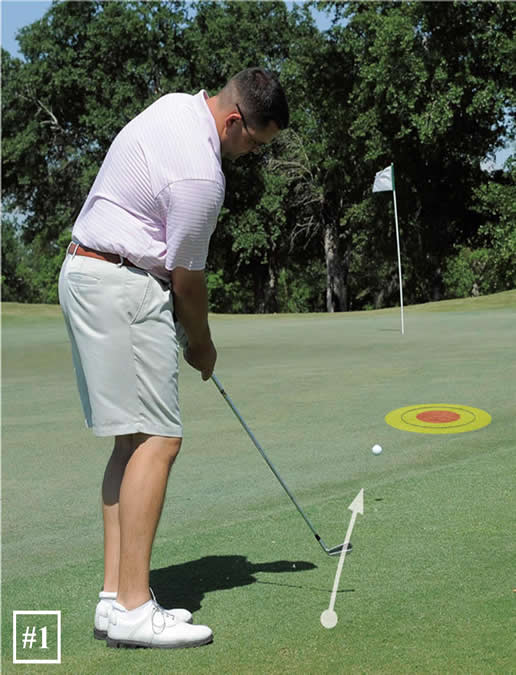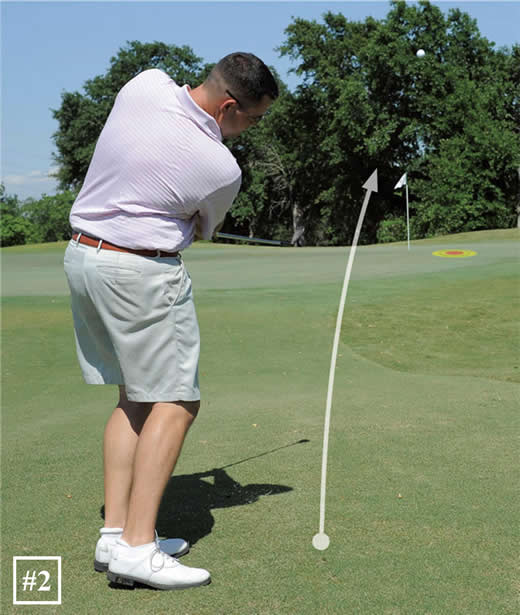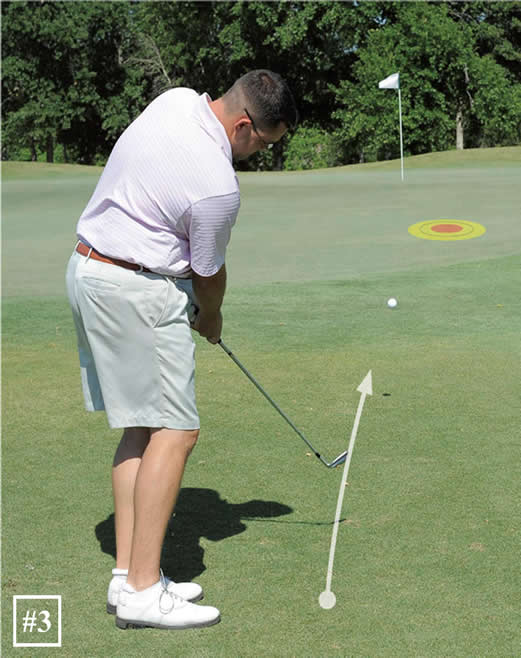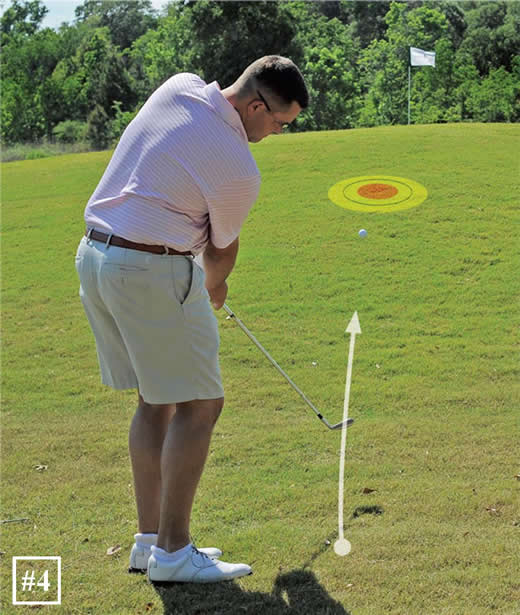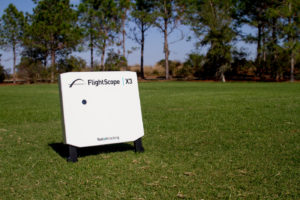How many times have you been told that golf is a game of miss hits? Tour players hit on the average about thirteen to fourteen greens per round in regulation. That means that four or five times in a round they have to hit a precise chip or pitch shot to save par. One stroke on the PGA Tour can lead to a difference of $50,000 to $500,000, so to a tour player not getting up and down to save par is very significant. Now, look at a high-handicapped player who may only hit three to five greens per round in regulation. He now has more opportunities to save or lose strokes by the outcome of his short game.
For example, let’s say that a player has fourteen pitch or chip situations in his round of golf. By him getting up and down in two strokes rather than three strokes on only half of the occasions, he saves seven strokes per round. That doesn’t take into consideration the amount of times he has a screw up or missed shot that takes more than three shots to get up and down. Those seven strokes allow someone who hasn’t broken 100 before the opportunity to break that score mark and the same goes for someone trying to break 90 & 80. So, developing additional skill on the shots close to the green will significantly be reflected in lower scores. More importantly is to know when to use certain techniques, as in when to chip the ball or pitch it onto the green.
To help determine when to chip or pitch the ball remember this: putt the ball when you can, chip the ball when you can’t putt it, and pitch the ball only when necessary. It’s always easier to roll the ball than it is to loft the ball in the air. There is always more room for error when a player has to take a longer swing. The chip technique should be played whenever a player is close to the green but can’t putt the ball due to heavy or uneven grass between the ball and the green whether in the rough or on the fringe. If the grass is heavy or uneven and the player decides to putt the ball, the heavy or uneven grass will cause the ball to bounce and jump off line. So, the best way to approach this situation is to chip the ball onto the green and let it roll towards the hole. Chipping allows the ball to clear any questionable terrain, land on the green, and roll to the hole without interference. The pitch technique is used when a player needs a higher trajectory to reduce the ball’s roll on the green when it lands. This technique is normally required when the cup is cut close to the edge of the green, there is considerable amount of grass, sand, or water to carry before the green, or the green slopes away and a soft-landing shot is desired. Some situations won’t allow players to land the ball on the green first but require players to chip and run or pitch and run the ball up onto the green. This technique is used when plays cannot land the ball on the green and stop it short of the hole due to poor lies, location of the cup, and slope of the green.
During your next practice session, take the time to practice different situations around the greens. Let’s take a look at photo #1. Here I am located just a few feet on the fringe. The fringe terrain is rough so I decided to take out a 6 iron and chip the ball onto the green. Keep in mind that a chip shot is an elongated putting stroke with a slightly open stance, and the majority of my weight is on my left/leading side. I chose the 6 iron to help keep the ball low to the ground which allows the ball to hit and roll. As you can see, my target is only on the green about 2-3 feet. Remember to get the ball on the green as soon as possible and let it roll the rest of the way. This will also allow you to watch how the ball reacts to the slope of the green to help you get an idea of how your next shot will be. In photo #2, I am located about 15 yards off the green. The green is elevated and I also have to carry the ball over a portion of rough which leaves me with little green to work with. This situation calls for me to pitch the ball in which I choose to use a 56 deg. wedge to do so. As you can see from the picture, the ball is considerably higher in the air. The higher the ball gets in the air, the softer the ball will land. So, I took my landing spot and moved it much closer to the hole due to having to loft the ball in the air which causes the roll to be reduced. In photo #3, you can see that I have plenty of green to work with, nothing to carry, and I’m about five yards off the green. So, I choose to use the chip technique again but I changed club selection to an 8 iron to allow the ball to get in the air just a bit more since there was a little elevation change from earlier when I was on the fringe. Again the idea is to get the ball on the green and let it roll to the hole. In photo #4, I have a bad lie in the rough which wouldn’t allow me to get the club head under the ball to pitch it in the air, so I choose to go with a chip and run technique. You can see my landing spot is still in the rough. I chose to land the ball short of the green into the slope to help take its forward momentum off the ball.
Learning when to chip and pitch the ball around the greens is one way to considerably lower your scores and help you improve around the green. Remember to survey the terrain and determine where you need to land the ball on the green, and then choose which technique to use. Also remember that a pitch has more air time than ground time and that it flies more than it rolls, and the chip has less air time than ground time. Chips are usually firmer-wristed elongated putting style strokes while pitches are typically longer swings and have more wrists involved in the stroke. Learning to use each technique effectively will help you lower your scores and beat your weekend buddies with ease.
